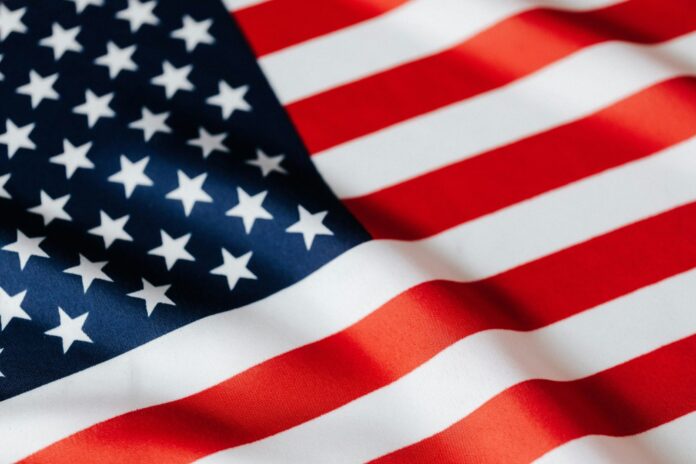Fireworks Safety
The July 4th holiday brings a dramatic increase in eye injuries each year. Virginia Tech expert Stefan Duma says that’s mostly due to fireworks. The U.S. Consumer Product Safety Commission estimates that approximately 10,000 people are treated in an emergency department for fireworks-related injuries per year and that about 2,100 of these are specifically related to the eye. Bottle rockets and firecrackers comprise nearly half of these injuries. Duma’s research focuses on injury and impact biomechanics. In a study for the Department of Defense, he looked at eye injuries from blasts, specifically bottle rockets which are the leading source of eye injuries. The findings showed that these injuries were actually from the projectile speed and not the blast. His work contributed to bans on bottle rockets and other projectiles in states like Virginia.
Lessons from hot dog eating contests
Nathan’s Hot Dog Eating Contest is a 4th of July tradition. But the contest itself isn’t all about eating. There’s actually an economic lesson here. Virginia Tech economist Jadrian Wooten says competitors, both professional and backyard amateurs, face diminishing returns as they consume more hot dogs. “Initially, people can eat quickly and efficiently, but as time goes on, each additional hot dog becomes increasingly difficult to consume within the fixed time limit, usually 10 minutes for the pros,” says Wooten. Diminishing returns in hot dog eating contests illustrate the same economic principle that impacts other experiences, whether it’s watching fireworks or walking in a parade. “The first few minutes are great, but each additional minute isn’t as enjoyable as the minute before.”
Safeguarding pets
Summer heat and holiday travel can always be dangerous for pets, and so can the noise of fireworks. “Every year near the 4th of July, we see a significant increase in the number of traumatic injuries to dogs, specifically related to the fear response associated with fireworks,” says Dr. Mark D. Freeman, associate professor with the Virginia-Maryland College of Veterinary Medicine at Virginia Tech. “Dogs have jumped through glass windows and off decks and balconies, chewed through doors and walls, and are then much more susceptible to accidental injury when they panic and run away from the noise.”
Picnic and grilling safety tips
Melissa Wright, director of the Food Producer Technical Assistance Program at Virginia Tech, has a few tips for keeping foodborne illness away from your holiday picnics and cookouts. To protect yourself from foodborne illness during warm-weather months, safe food handling when eating outdoors is critical. Wright also offers tips for safely grilling alternative and non-beef burgers such as plant-based and turkey burgers.
Managing hot temperatures
Intent on staying out in the sun through the holiday weekend? Dr. Stephanie Lareau with the Virginia Tech Carilion School of Medicine says to plan ahead, so your time outdoors won’t be ruined by prospects of dehydration, heat exhaustion, sunburn, or risk of skin cancer. “Being prepared and educating yourself on the effects of heat are key to prevention. Wear light-colored, breathable clothing, and be sure to drink plenty of fluids.” Dr. Lareau says. As for safely catching rays, “You should apply sunscreen about 20 minutes before sun exposure, and reapply it within an hour, and then every two hours if you are out in the sun for a long time.” Read more of Dr. Lareau’s summer safety tips here and here.
History of food in the U.S.
From Jello-O to green bean casserole and wheat bread to peanuts, the evolution of U.S. history is clear in the foods that Americans eat. For a decade, Anna Zeide, an associate professor of history and director of the Food Studies program at Virginia Tech, has used food as her platform for research and teaching. Through her work, she found 15 foods, highlighted in her book “U.S. History in 15 Foods” that tell America’s story. Zeide’s research takes everyday items, like spaghetti, peanuts, and chicken nuggets, and shows the part that they played in the making of America. “Food is the critical link among all aspects of American history, among disparate groups of people, among the connections that remind us of our shared humanity,” Zeide said. “Food is fundamentally personal and embedded in systems far beyond the individual. This is why food history matters. It has the ability to unite and illuminate that which we too often artificially divide.”

